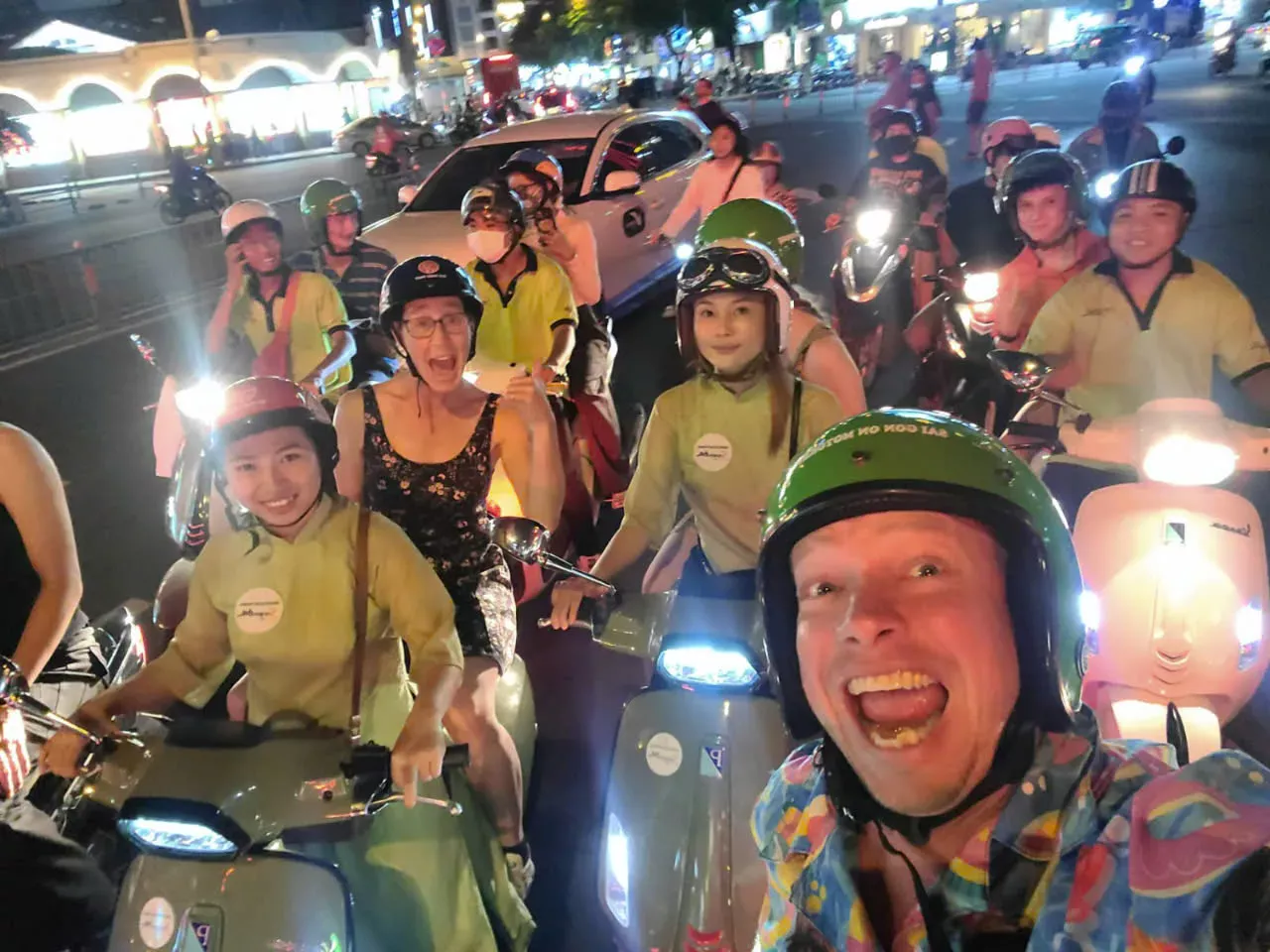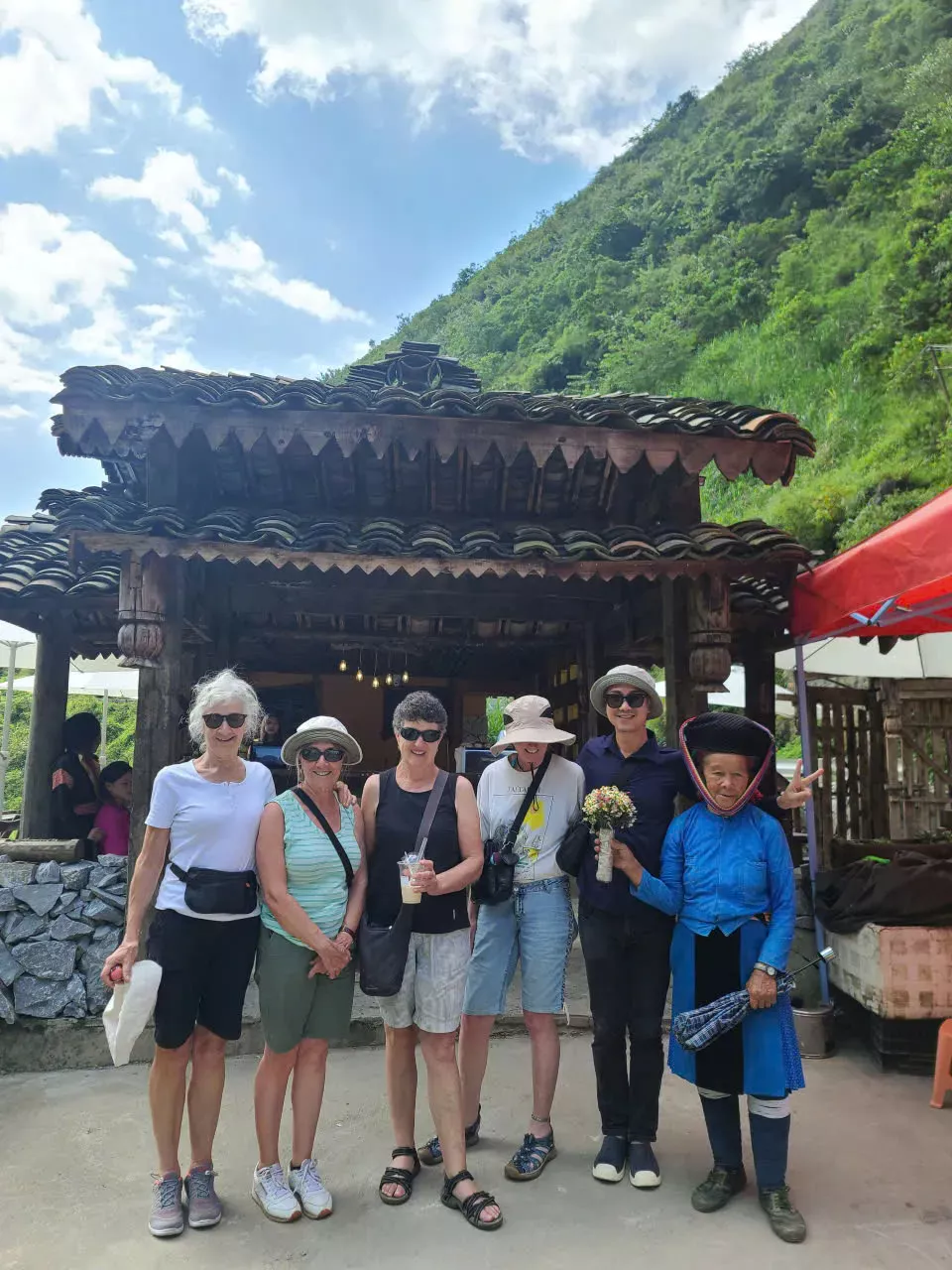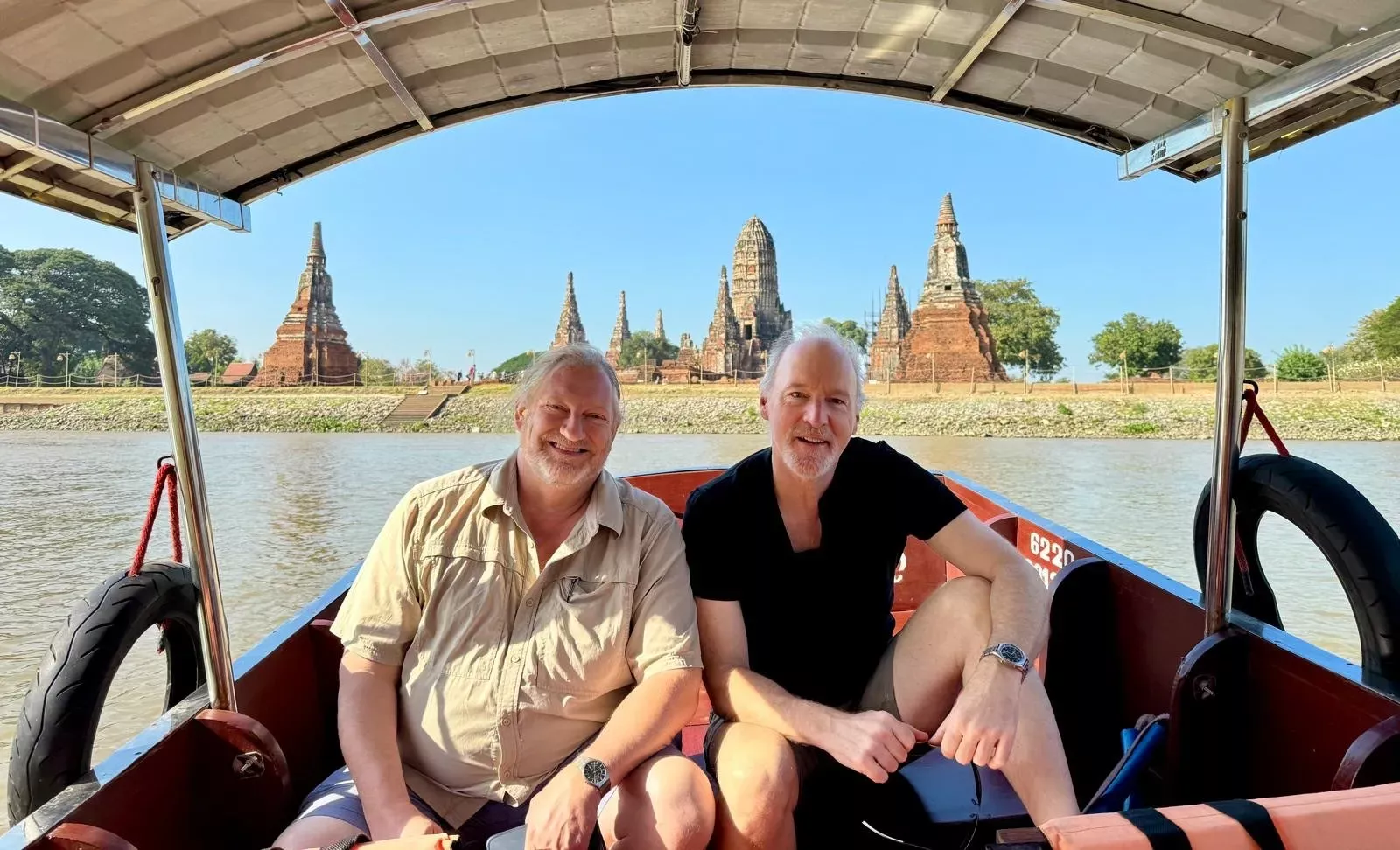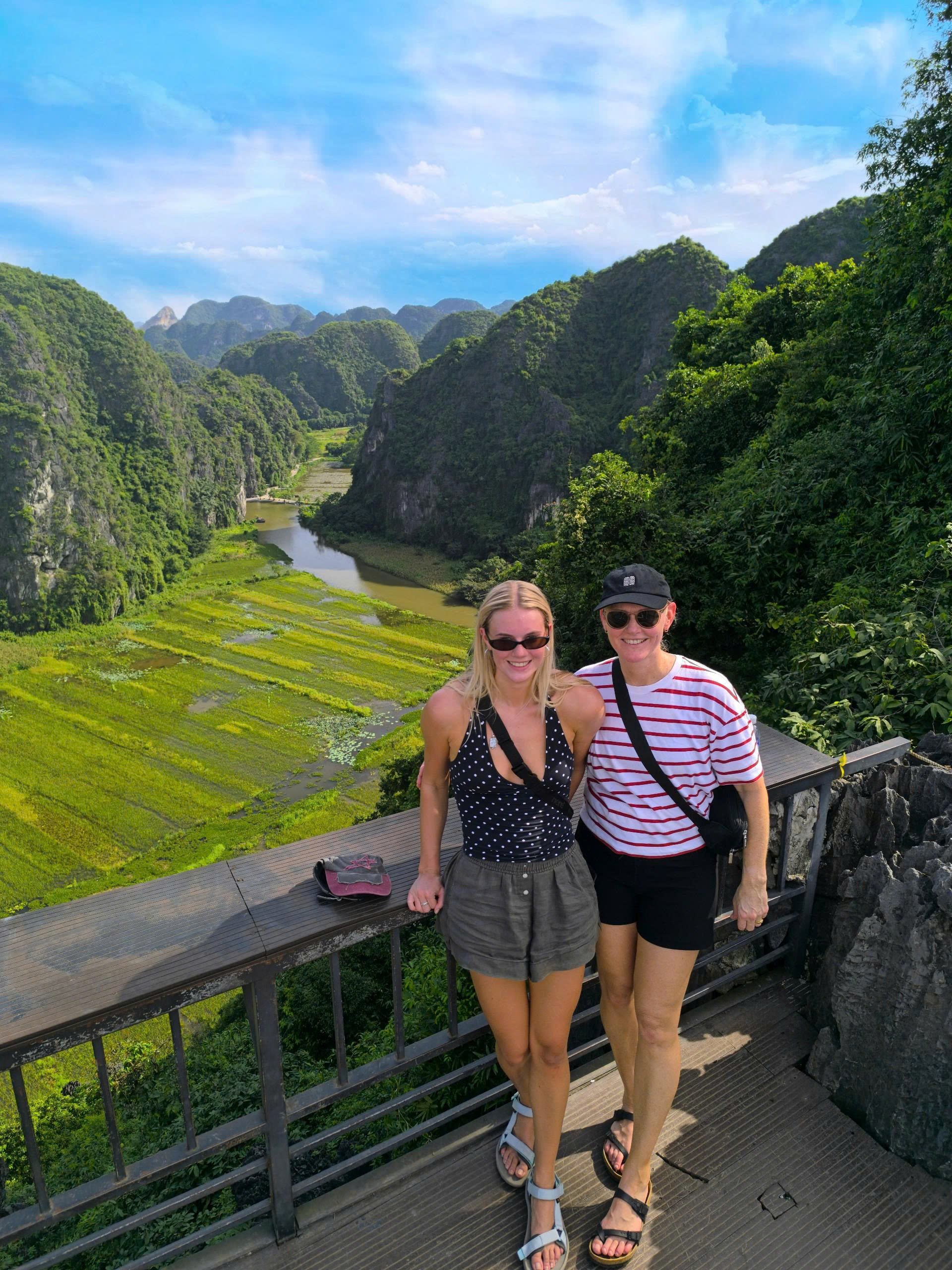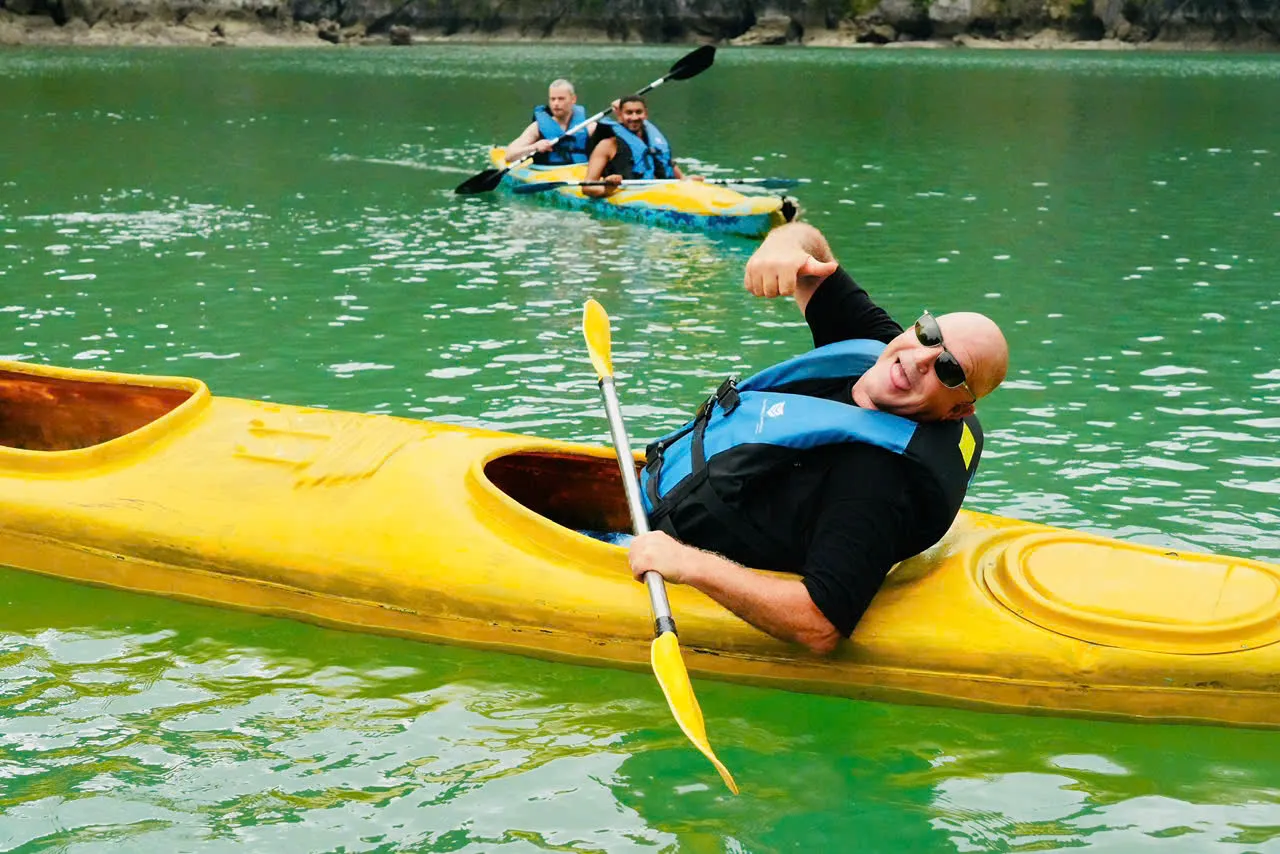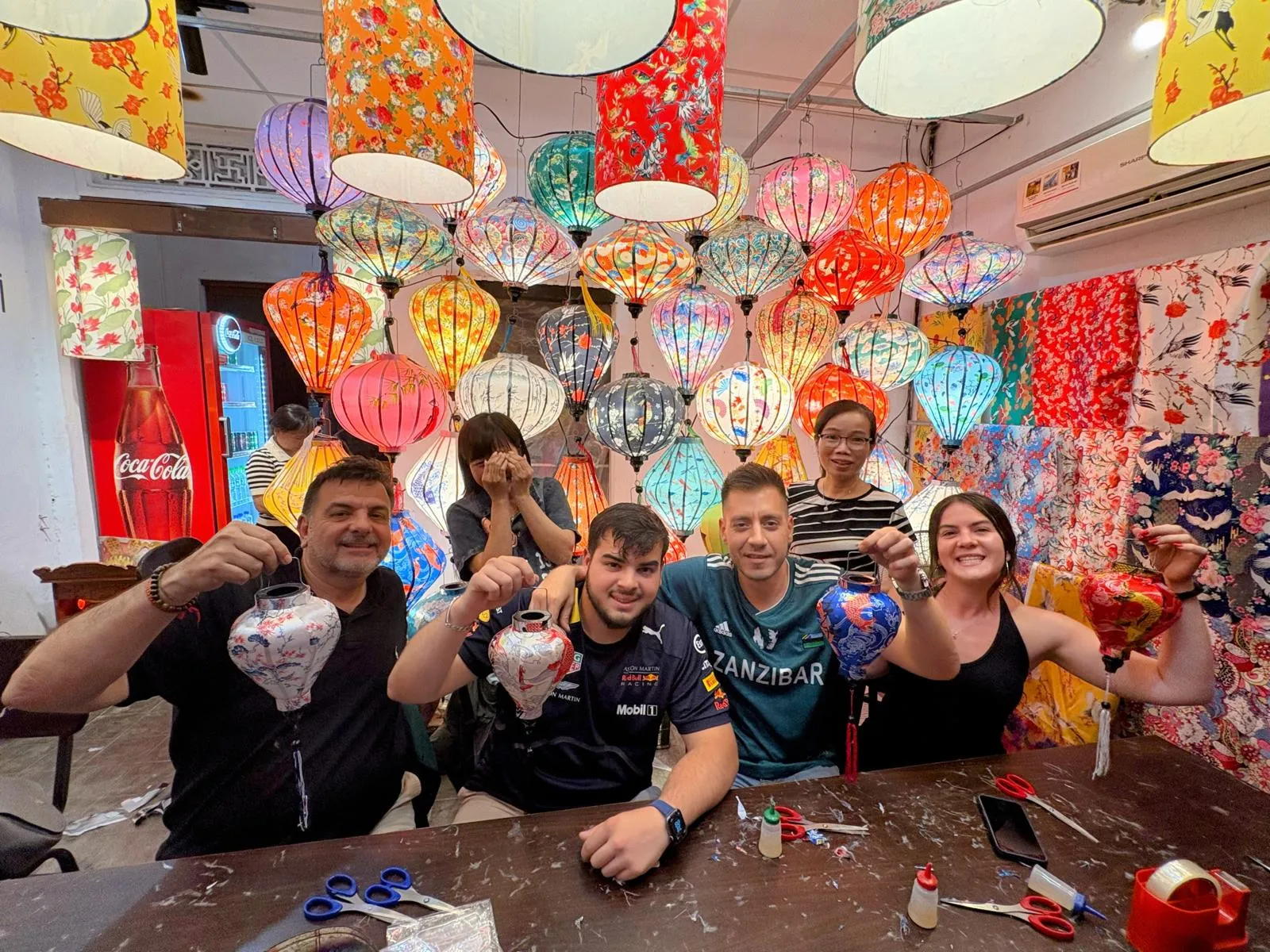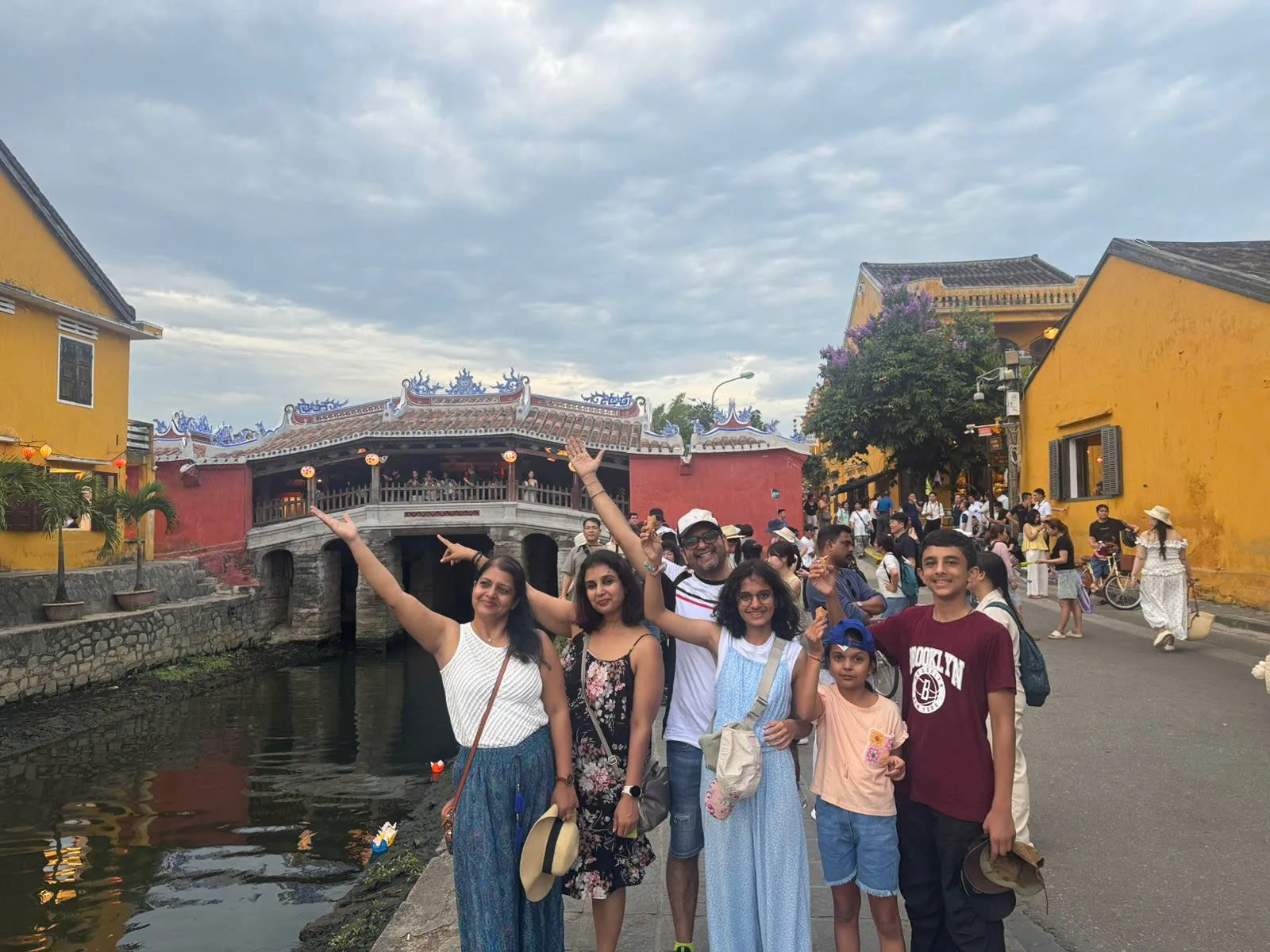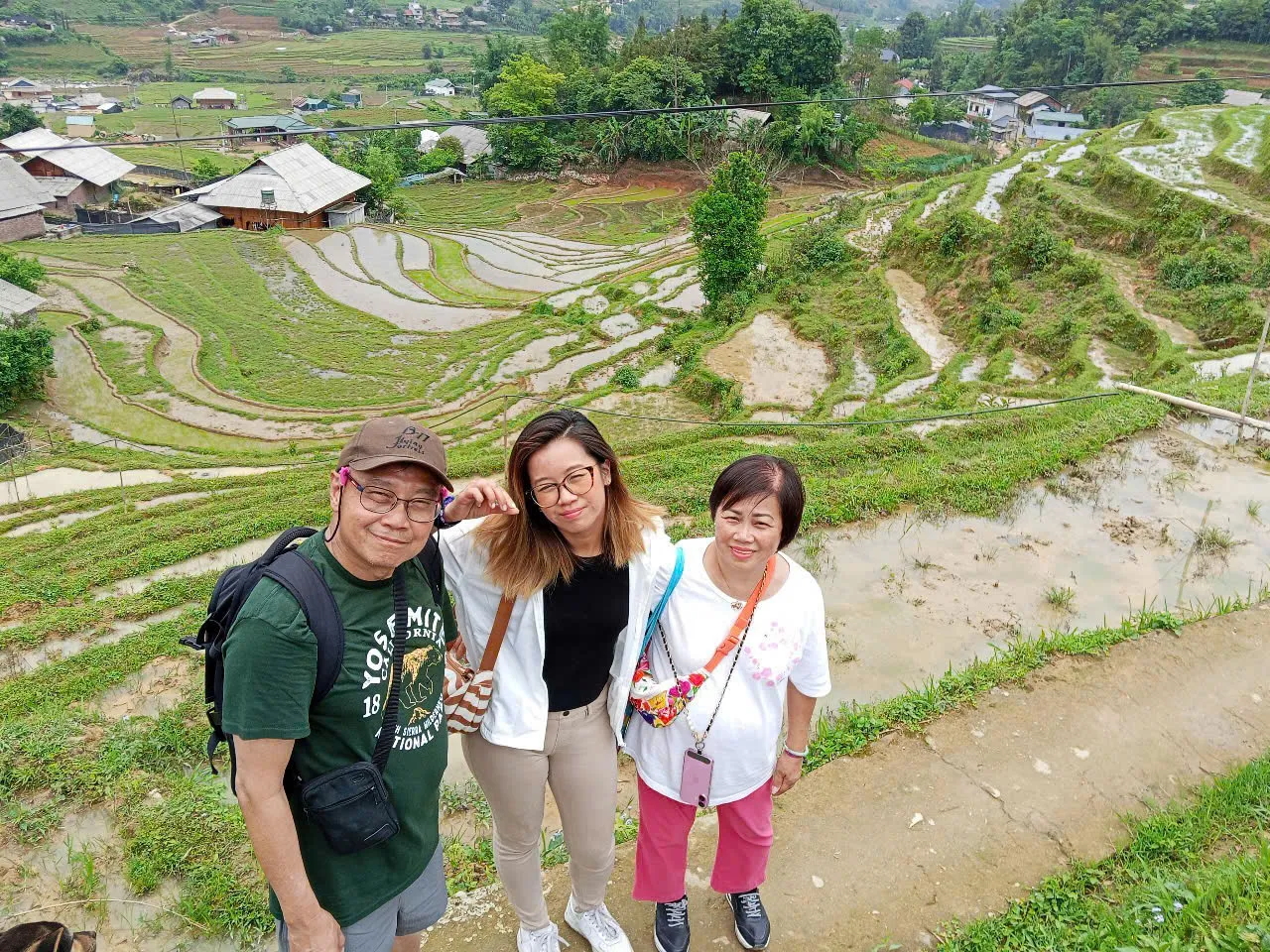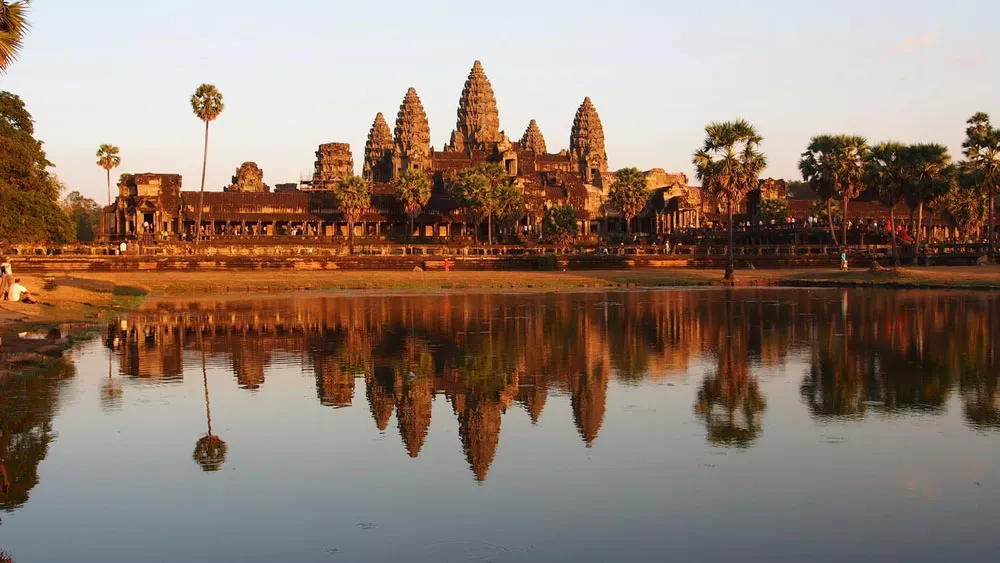
Tip #1: Get to know Cambodia before your plane lands
Before stepping foot in Cambodia, take time to understand the cultural values that shape daily life. The country has a Buddhist majority and a deep history of resilience following decades of conflict.
Visitors who show humility, politeness, and curiosity are warmly welcomed. Speak gently, smile often, and remember that modesty in dress and behavior is a sign of respect—especially in temples and rural areas.
Best time to visit: November to March brings cooler, dry weather. April is very hot but features the Khmer New Year. The green season (May–October) offers lush landscapes and fewer crowds.
Visa tip: Most nationalities can get a visa on arrival or apply online. Make sure your passport is valid for 6+ months and consider buying travel insurance in advance.
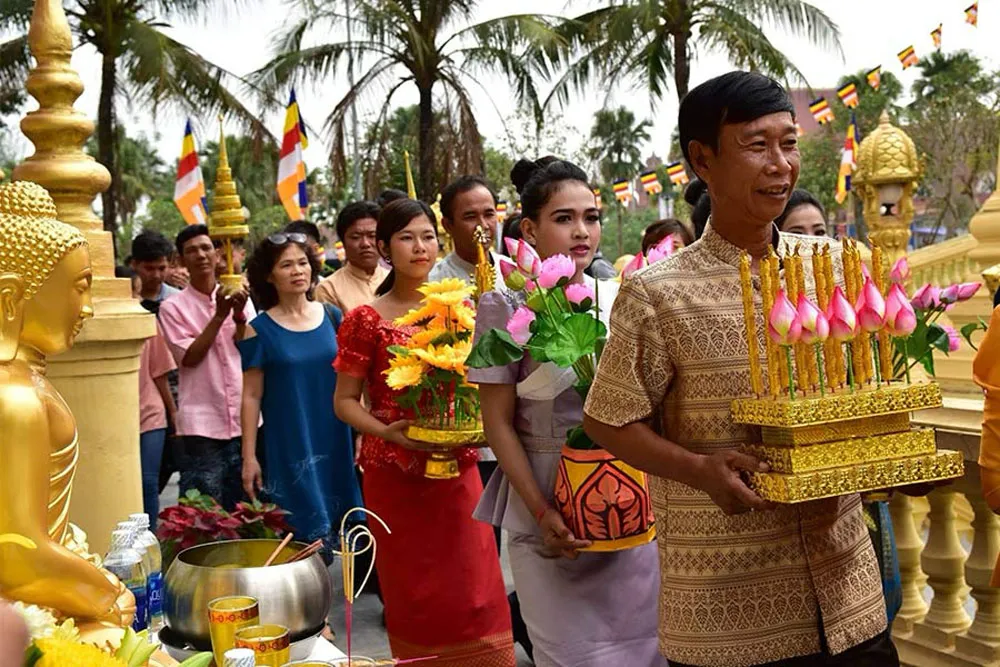
Tip #2: Pack smart, dress right, and stay healthy on the go
Packing well for Cambodia means balancing comfort, climate, and cultural sensitivity. The weather is hot and humid year-round, so light, breathable clothing is best—but modesty still matters.
What to wear: Cover your shoulders and knees when visiting temples. A light scarf or sarong comes in handy for quick coverage. Flip-flops are fine, but sturdy shoes are better for ruins.

Health essentials: Don’t forget insect repellent (dengue is real), sunscreen, rehydration salts, and hand sanitizer. A mini first aid kit is always a smart idea.

Hygiene tips: Rural areas may lack some amenities, so bring travel tissues, antibacterial wipes, and your own toiletries if you’re particular about products.
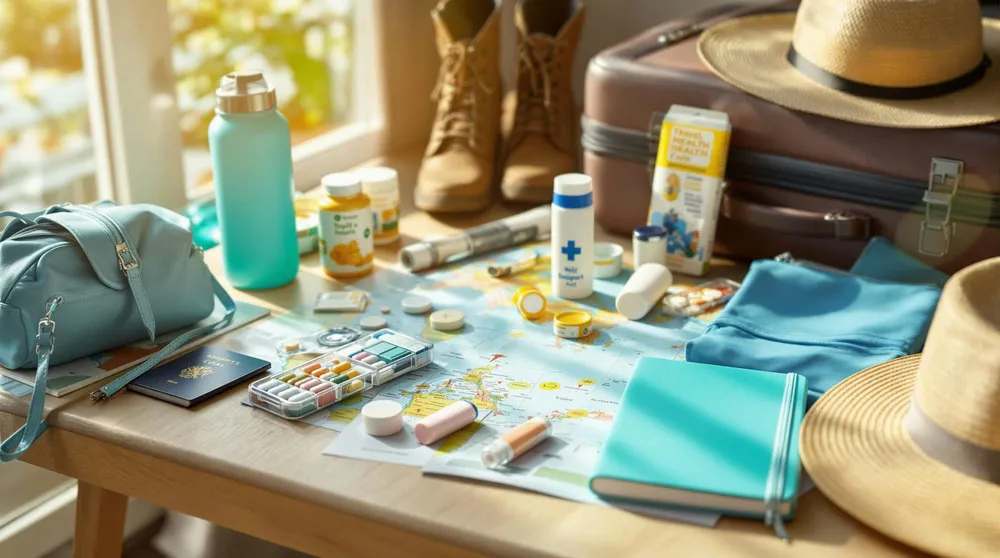
Stay connected: Grab a local SIM card (Smart or Metfone) right at the airport for cheap data and smooth navigation.
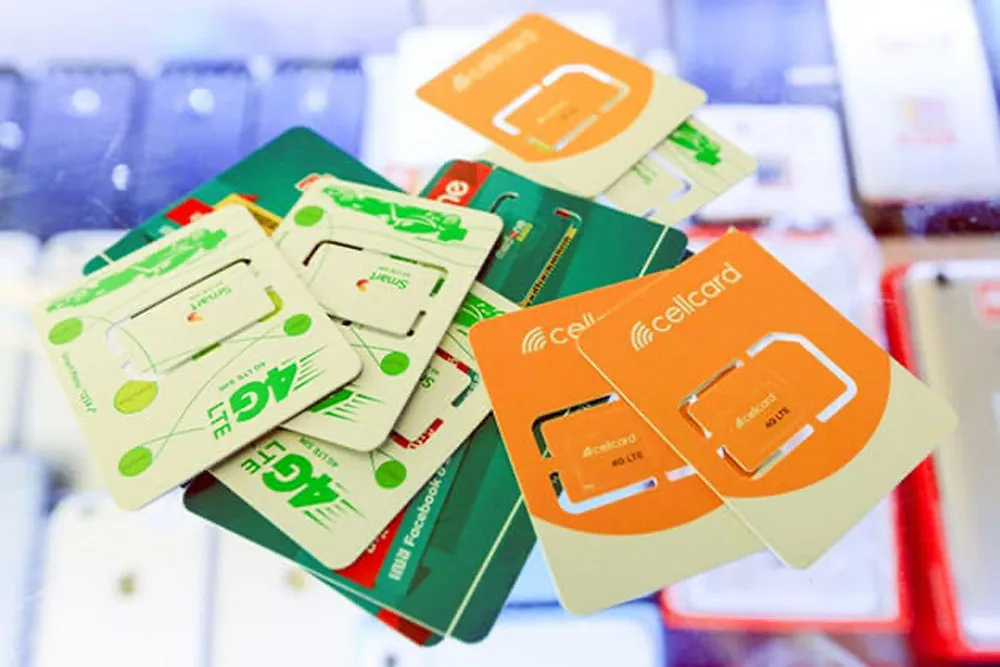
Tip #3: Make your arrival smooth and scam-free
The first few hours of your trip can shape your experience. Here’s how to avoid hassle the moment you arrive.
Getting from the airport: Use official taxi counters or ride-hailing apps like Grab. Avoid “friendly” strangers offering cheap rides or unverified tours.
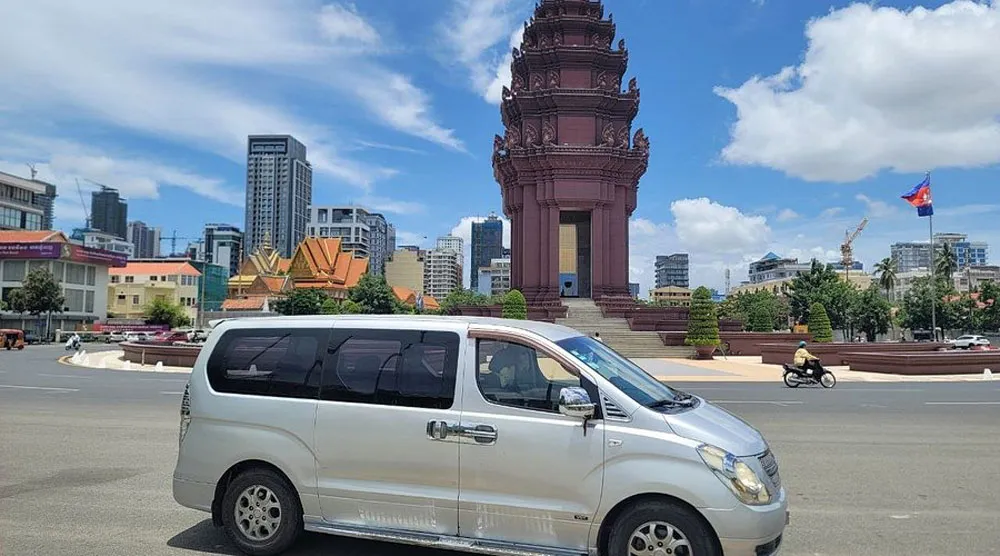
Money matters: US dollars are widely accepted alongside Cambodian riel. Bring small bills, and expect change in a mix of currencies.

Where to stay first night: Book your accommodation in advance—especially if arriving late. Siem Reap, Phnom Penh, and Kampot all offer great options for every budget.

Tip #4: Travel like a local without the confusion
Getting around Cambodia is part of the adventure—but it helps to know your options.
Hop in a tuk tuk: These three-wheeled taxis are everywhere. Agree on a price beforehand, or use Grab for fairness and ease.
Ride the bus: Companies like Giant Ibis and Virak Buntham offer comfortable intercity travel. Night buses are popular, but pick reputable brands for safety.
Explore by bike or scooter: Great in Kampot or around Angkor. Always wear a helmet and don’t ride after dark in rural areas.
What about trains? Cambodia’s train network is limited. For most routes, buses and vans are faster and more reliable.
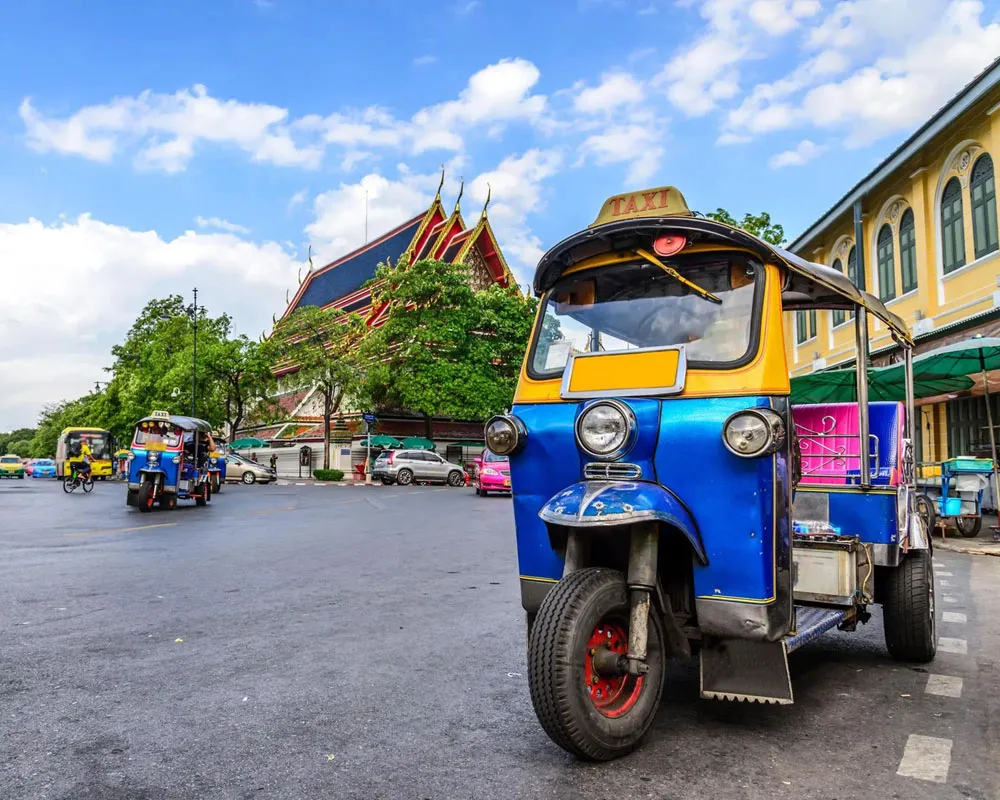
Tip #5: Eat like a local without getting sick
Cambodian cuisine is bold, flavorful, and worth the trip alone. Just be smart about what and where you eat.
Must-try Cambodian dishes:
-
Fish amok – Fragrant coconut curry steamed in banana leaves
-
Lok lak – Marinated beef with lime-pepper sauce
-
Nom banh chok – Light and fresh noodle breakfast
-
Bai sach chrouk – Grilled pork with rice
-
Prahok – Fermented fish paste for the adventurous
Food safety first: Stick to busy stalls, avoid raw foods, and make sure it’s freshly cooked and steaming hot.
Dining etiquette tips: Use a spoon and fork (not chopsticks), share dishes, and try to finish your plate—it’s considered polite.
Vegetarian or halal? These are available in cities, but learn key phrases like “chet chay” (vegetarian) to help communicate.

Tip #6. Avoid cultural missteps that can ruin your trip
Cambodia is laid-back, but there are important cultural taboos and legal issues to respect.
1. Don’t touch people’s heads – Even children. The head is considered sacred.
Never point with your feet – It’s highly disrespectful.
2. Temple etiquette: Always remove shoes before entering, dress modestly, and don’t sit higher than a monk or Buddha image.
3. Strict rules on monarchy: Criticizing or joking about the royal family can lead to serious legal trouble. Avoid political conversations unless you’re very informed and respectful.
4. Don’t give to child beggars: It may encourage school dropouts. Instead, support NGOs or responsible tourism initiatives.

Small things that lead to a deeper experience
It’s the little things that make your Cambodia journey truly special. These thoughtful travel tips will help you go beyond the tourist trail.
Learn basic Khmer phrases:
-
Hello – Sous-dey
-
Thank you – Aw-kun
-
No sugar – Ot chnam
-
Vegetarian – Chet chay
Be a responsible traveler: Choose eco-conscious hotels, skip elephant rides, and support local artisans and women-led businesses.
Slow down and connect: Take a Khmer cooking class, spend time in a village homestay, or volunteer for a morning. Cambodia shines when you travel mindfully.
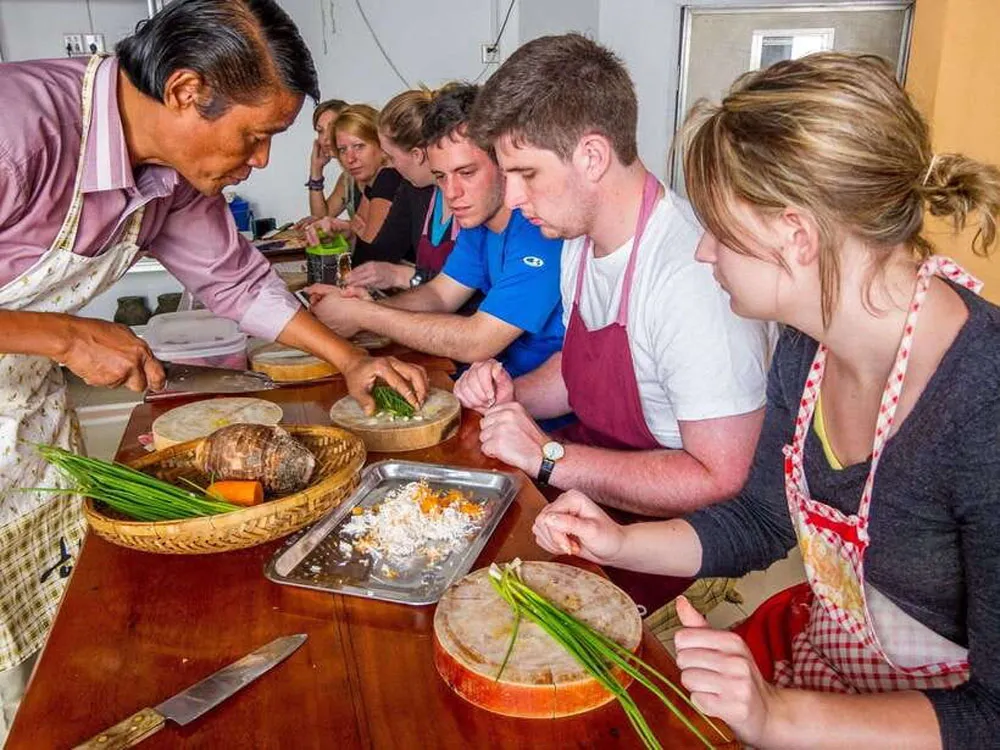
Conclusion:
Cambodia offers more than stunning temples—it offers connection, insight, and unforgettable experiences. With the right preparation, you’ll not only see the country but truly understand it. Follow these expert Cambodia travel tips in 2025, and you’ll return home with more than just souvenirs—you’ll carry memories that stay with you forever.
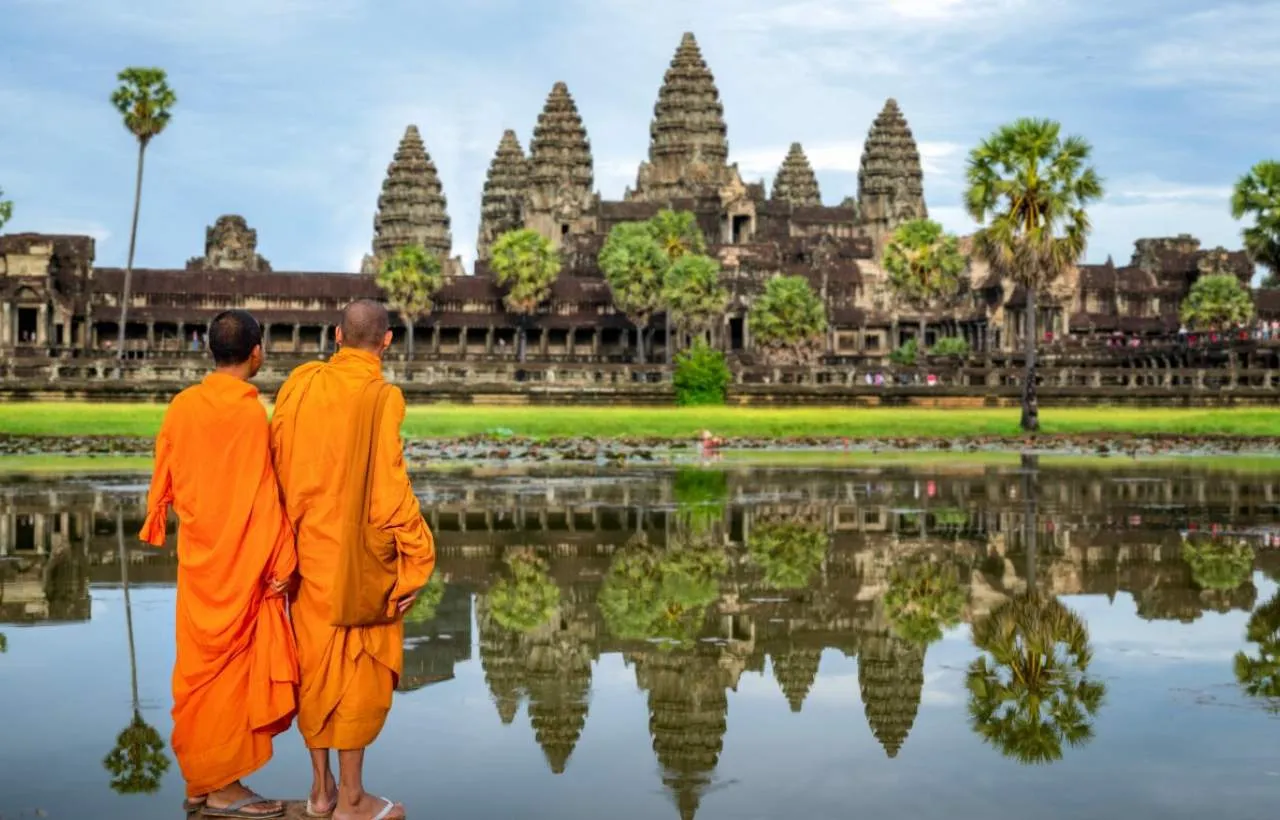

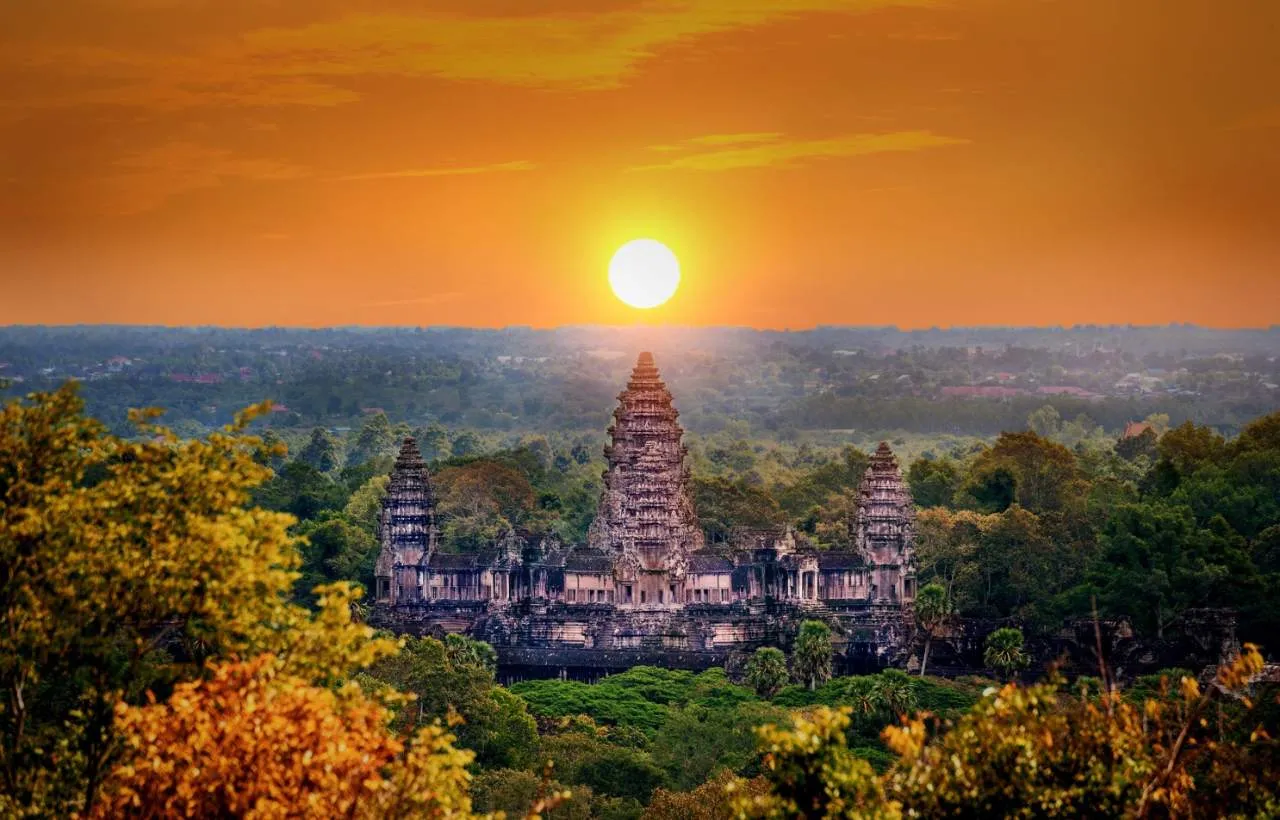






















 Adventure and relaxation between the wings in Sapa _ Fly Sapa Paragliding.webp)
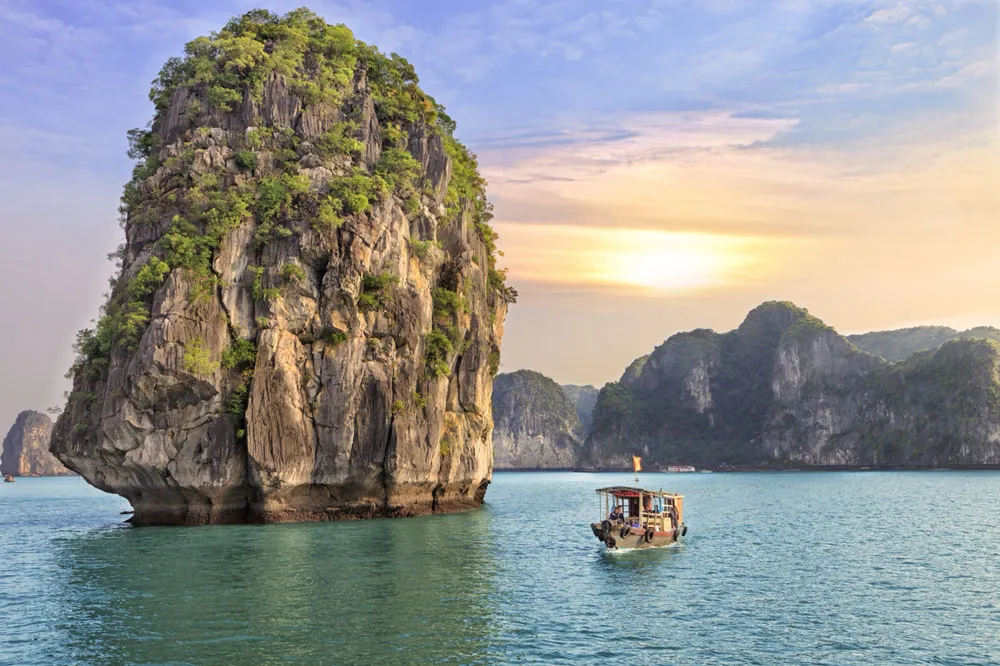

 View trip map
View trip map
